Tech Savvy Tips and Tricks -
Working with Zip Files

Tech Savvy Tips and Tricks
Working with Zip Files


/en/techsavvy/how-to-print/content/
A zip file is a way of grouping, or archiving, multiple files so they act like one file. For example, let's say you want to email a folder of Word documents to someone. You could attach each file individually, but it would take a long time—especially if there are a lot of documents. A better solution would be to put all of the files into a zip file, and then attach the zip file to your email.
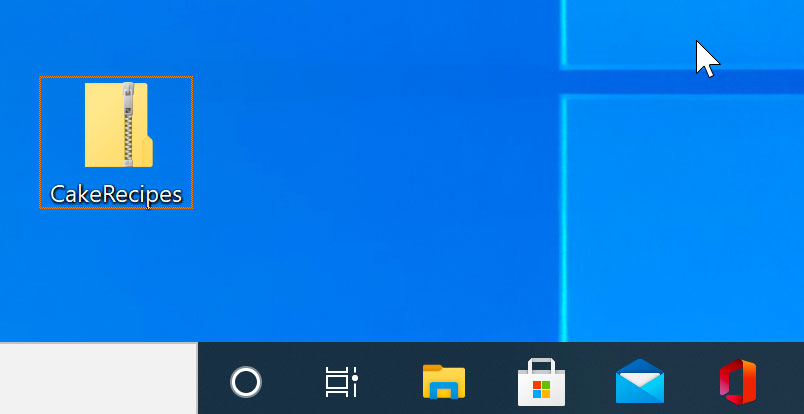
Another advantage of zip files is that they are compressed, which means the total file size is smaller. If you're emailing a zip file to someone or posting it to the Web, it takes less time to upload—and your recipients will also be able to download it more quickly.
Some file formats, like MP3s and JPEG images, are already compressed. You can still zip these types of files, but the file size may not get much smaller.
Whether you're using Windows or macOS, you don't need additional software to create and open zip files. That's because the basic zip file features are built into the operating system.
Below are the steps to create a zip file in Windows, and a zip file in macOS. Additionally, we will go over how to create a password for a zip file, as well as how to open them.
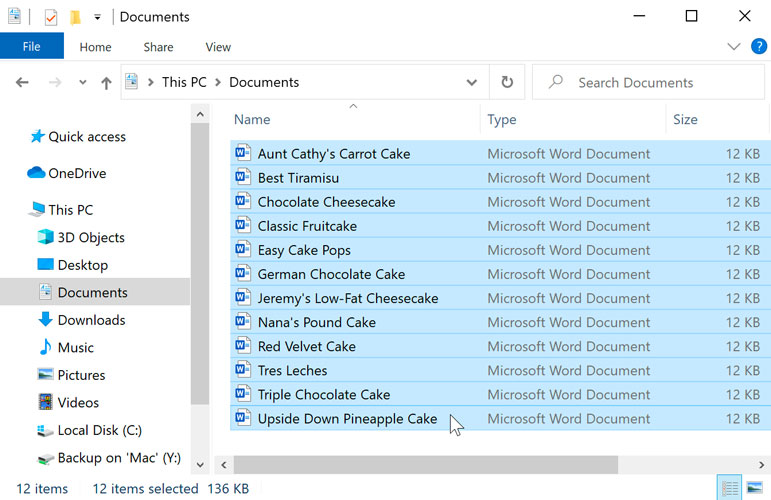
Selecting files
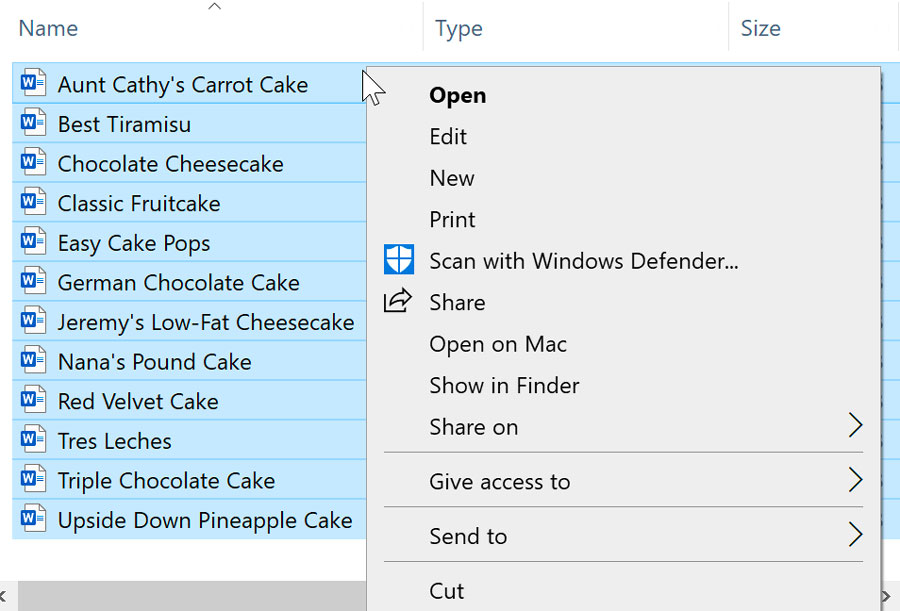
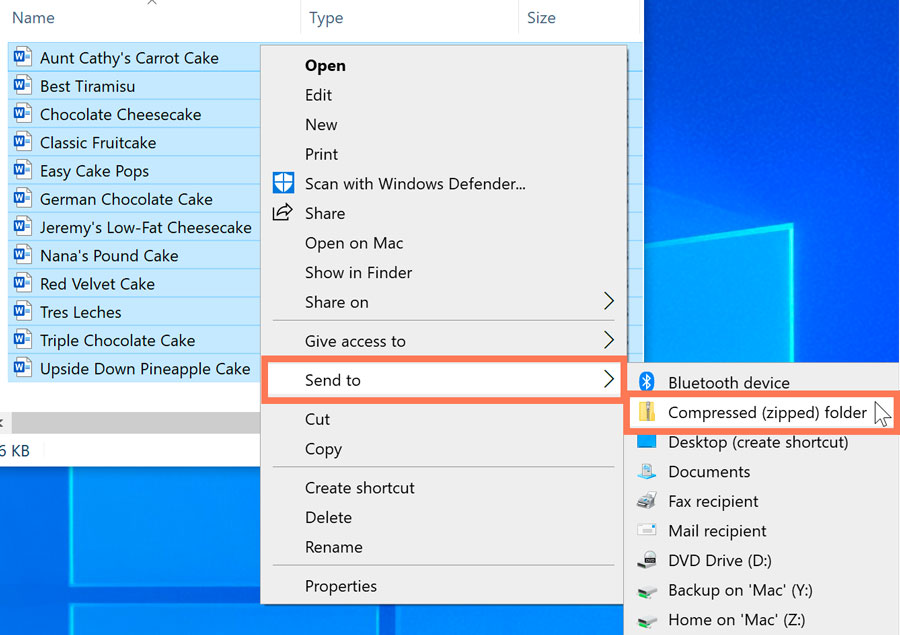
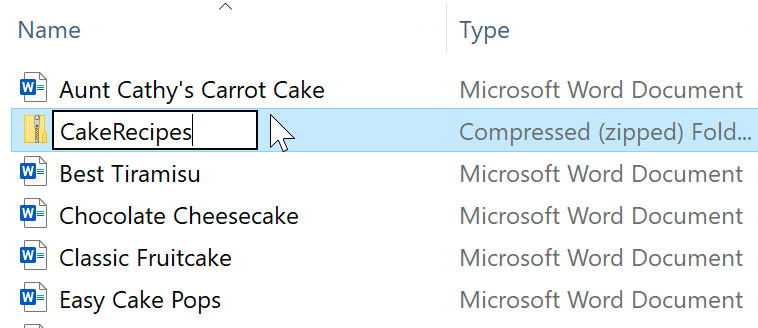
In Windows, once you've created a zip file you can then add more files to it by dragging them onto the zip file's icon.
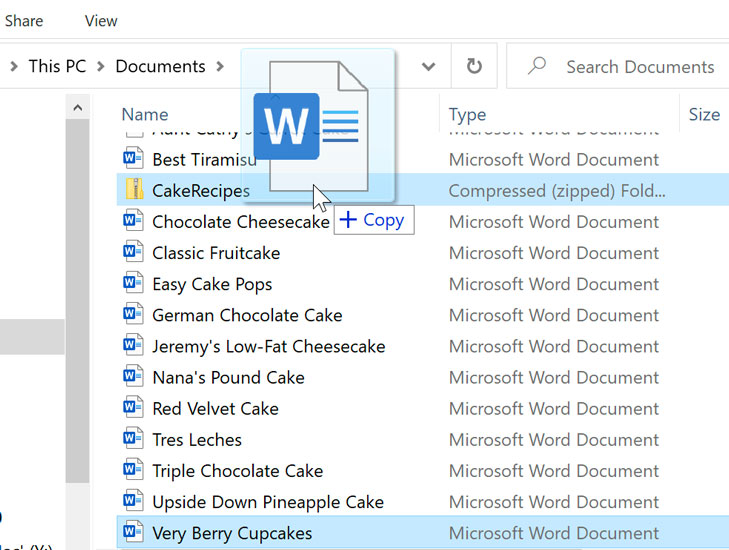
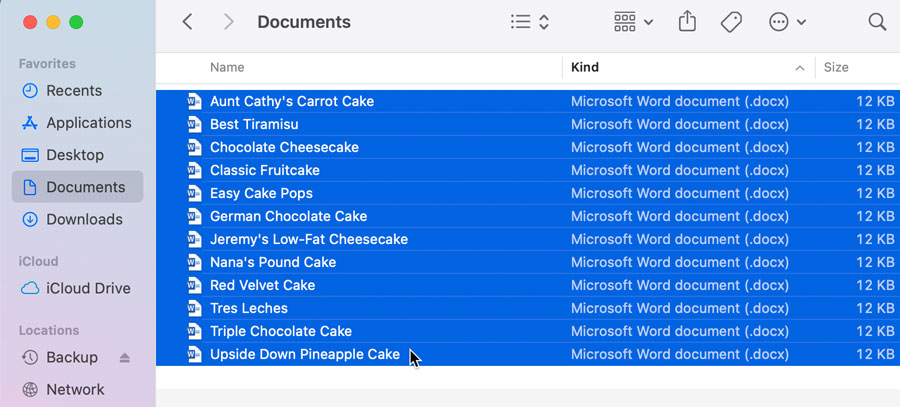
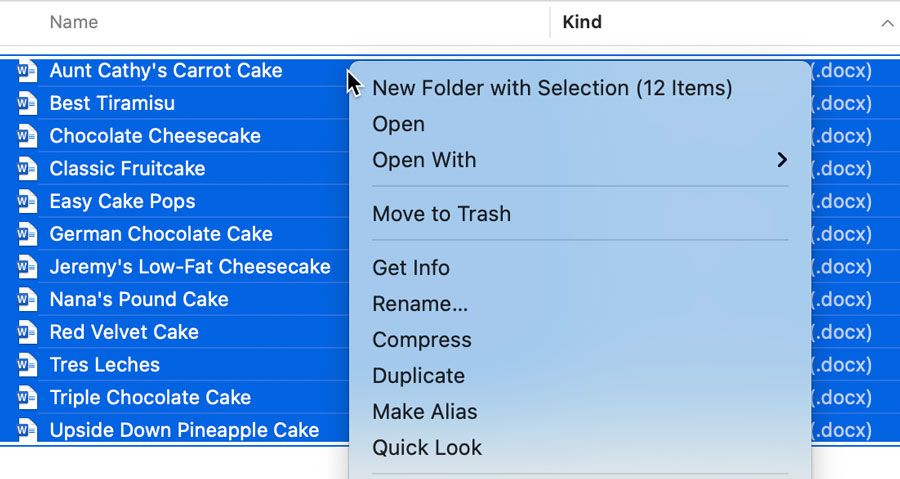

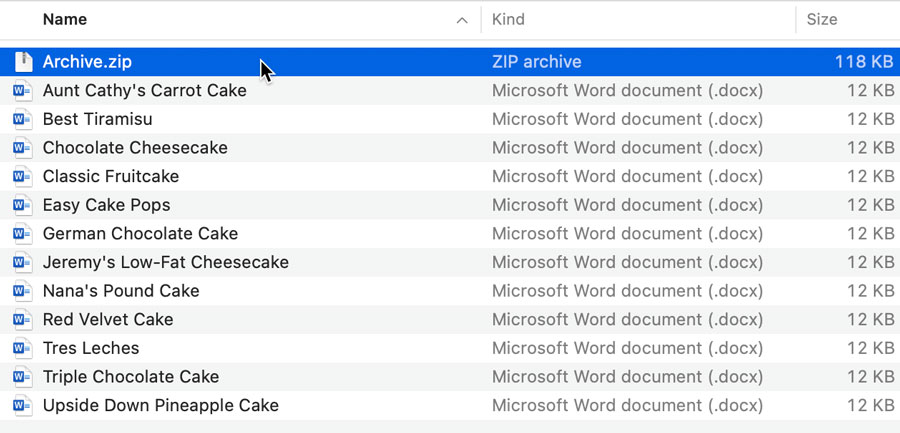
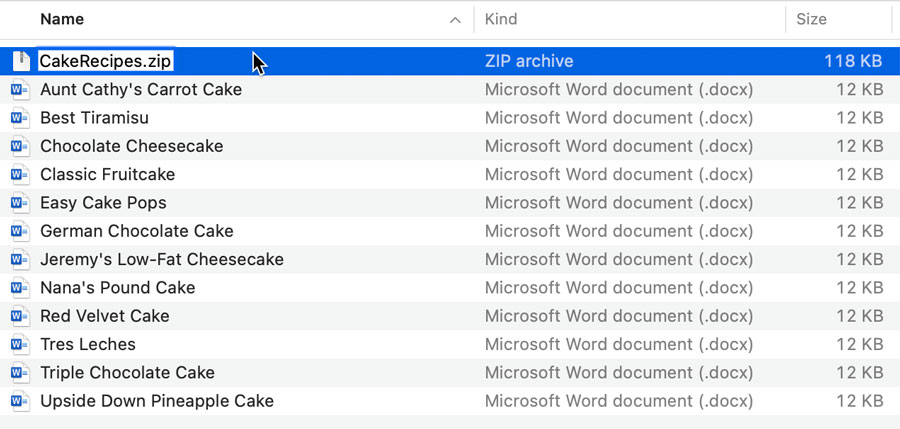
In macOS, once you've created a zip file you cannot add more files to it. If you need to add files, you will need to create a new zip file that contains all of the files you want.
Some people prefer to use zip file programs such as 7-Zip, PeaZip, and StuffIt. These programs have additional features, like password protection. If you add a password to your zip file, it's important to tell recipients what the password is so they can open it.
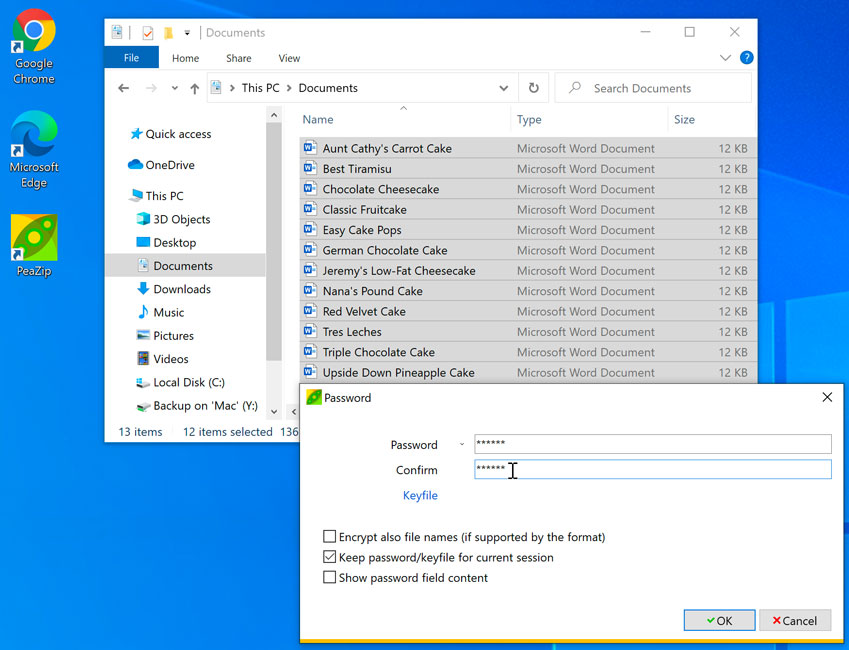
Windows treats zip files just like folders. You can open a zip file, move files in and out of it, and open individual files just like you would if they were in a folder.
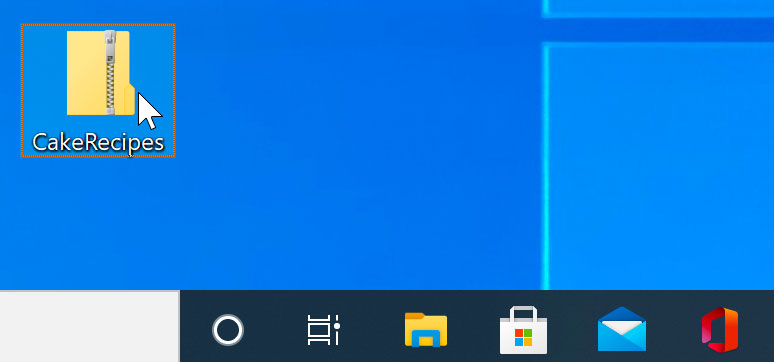
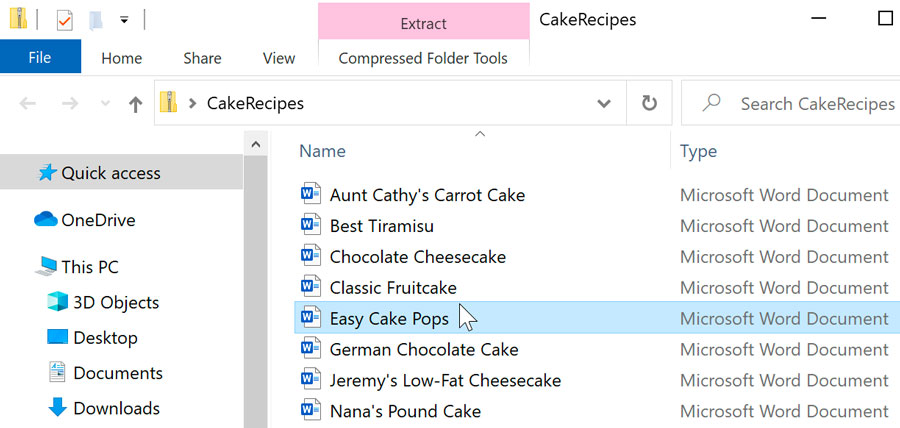
Because Windows makes it easy to work with zip files, there's generally no need to unzip them. However, if you would prefer to unzip them you can simply right-click the zip file's icon and select Extract All.
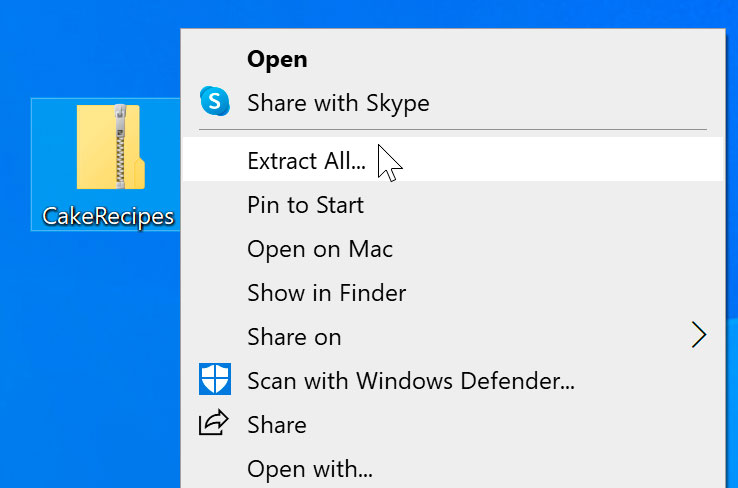
Opening a zip file in macOS is slightly different from Windows. Instead of opening the zip file directly, it will unzip the files and place them in a new folder. You can then open the folder to access individual files.

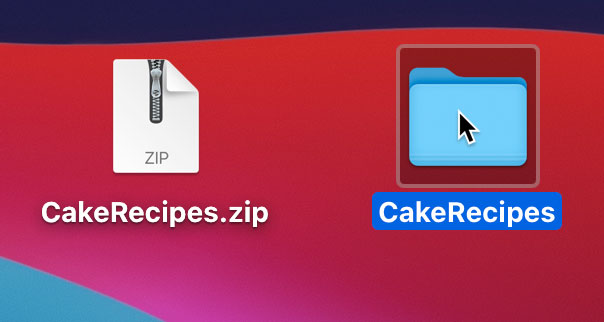
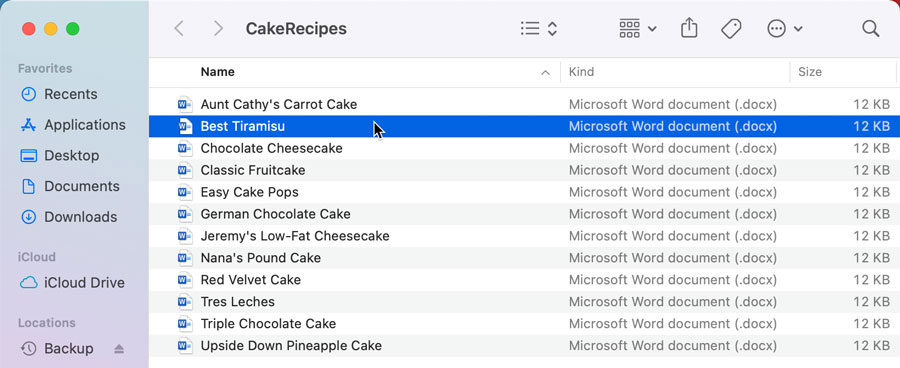
/en/techsavvy/create-your-own-screencasts/content/